Home>Storage Ideas>Kitchen Storage>5 Kitchen Cleaning Hacks That Just Don’t Work
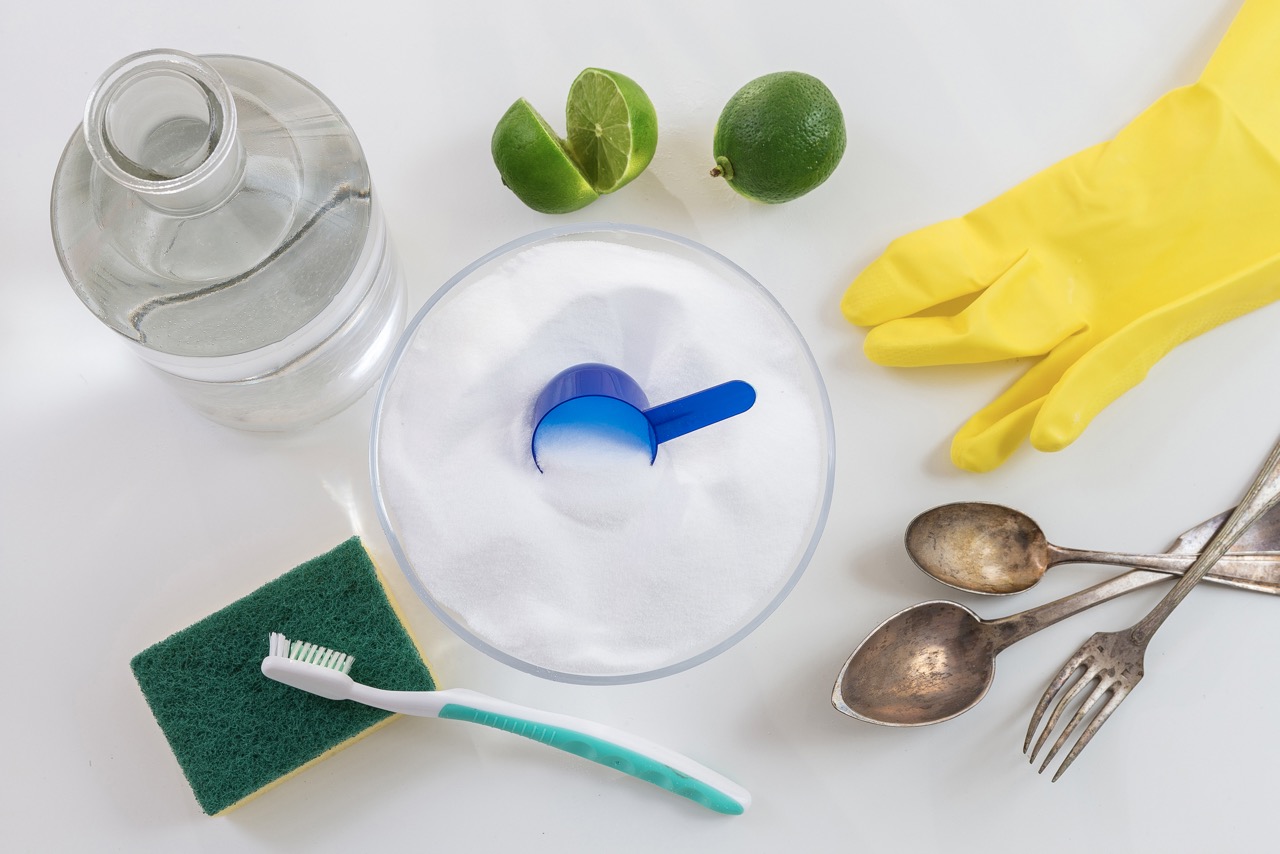

Kitchen Storage
5 Kitchen Cleaning Hacks That Just Don’t Work
Modified: January 5, 2024
Discover 5 supposed kitchen cleaning hacks that simply don't deliver the desired results. Enhance your kitchen storage ideas for a clutter-free and efficient space.
(Many of the links in this article redirect to a specific reviewed product. Your purchase of these products through affiliate links helps to generate commission for Storables.com, at no extra cost. Learn more)
Introduction
Welcome to the world of kitchen cleaning hacks! In our quest for a sparkly clean and organized kitchen, we often come across various tips, tricks, and hacks that promise to make our lives easier. While some of these hacks may work like a charm, there are others that simply don’t live up to their claims. In this article, we will be uncovering five common kitchen cleaning hacks that just don’t work as effectively as they’re often touted to be.
Before we dive into these questionable hacks, it’s essential to remember that not all cleaning methods are created equal. What works for one person may not necessarily work for another due to variations in materials, surfaces, and individual preferences. So, let’s take a closer look at these five kitchen cleaning hacks and why you might want to reconsider using them.
Key Takeaways:
- Don’t fall for these common kitchen cleaning hacks! From lemon and salt for stains to coffee grounds for odors, reconsider these ineffective methods and opt for proven cleaning solutions instead.
- Opt for specialized cleaners and tools over popular kitchen cleaning hacks. Choose non-abrasive products for stainless steel, and use baking soda and professional tools for unclogging drains. Prevention is key to maintaining a clean kitchen.
Read more: 5 Bathroom Cleaning Hacks That Don’t Work
Hack #1: Lemon and Salt for Removing Stains
One of the most widely circulated kitchen cleaning hacks is the use of lemon and salt to tackle stubborn stains. The idea behind this hack is that the acid in lemon juice combined with the abrasive nature of salt can effectively remove stains from various surfaces, such as countertops or cutting boards.
While it may seem like a cost-effective and natural solution, the truth is that lemon and salt may not be as powerful as some claim. Lemon juice does contain citric acid, which can help break down certain stains, but it’s not strong enough to tackle deep-set or tough stains. Additionally, the abrasive nature of salt can cause scratches on delicate surfaces, leading to more harm than good.
Instead of relying solely on lemon and salt, it’s best to choose appropriate cleaning products based on the specific stain and surface you are dealing with. Opt for non-abrasive cleaners and follow the manufacturer’s instructions for the best results. Remember, prevention is always better than cure – regular maintenance and immediate clean-up of spills can go a long way in preventing stubborn stains.
Hack #2: Baking Soda and Vinegar for Unclogging Drains
When faced with a slow-draining or clogged kitchen sink, a popular hack that many people turn to is the combination of baking soda and vinegar. The theory behind this hack is that the chemical reaction between the two ingredients will create a powerful foaming action that can effectively clear the blockage.
While it’s true that the combination of baking soda and vinegar can create a fizzy reaction, it is not a guaranteed solution for unclogging drains. The foaming action may help break down some minor build-up, but it is unlikely to effectively clear more severe clogs caused by grease, hair, or foreign objects.
Instead of relying solely on baking soda and vinegar, it’s recommended to try other methods first. Start by using a plunger to create suction and dislodge the clog. If that doesn’t work, consider using a plumber’s snake or a drain auger to physically remove the blockage. In more stubborn cases, it may be necessary to call a professional plumber for assistance.
Remember, prevention is key to keeping your drains clear. Dispose of food scraps properly, avoid pouring grease down the drain, and use drain covers to catch hair and other debris. Regular maintenance, such as periodic cleaning with a drain cleaner specifically designed for your plumbing system, will help prevent clogs from occurring in the first place.
Hack #3: Vinegar for Cleaning Stainless Steel Appliances
Stainless steel appliances have become increasingly popular in modern kitchens due to their sleek and contemporary look. However, they can be a magnet for fingerprints, smudges, and grease, which can be challenging to clean. One common hack that is often recommended is the use of vinegar to clean stainless steel surfaces.
Vinegar is known for its acidic properties and is often praised for its ability to remove stains and disinfect various surfaces. However, when it comes to stainless steel appliances, using vinegar as a cleaner may not be the best idea. While it can help remove light stains and restore some shine, it can also leave behind streaks and dull the finish of the stainless steel.
Instead of relying on vinegar alone, it is advisable to use cleaners specifically formulated for stainless steel. These cleaners are designed to effectively remove fingerprints, smudges, and grease without damaging the surface or leaving streaks. They contain ingredients that help protect the stainless steel from future stains, maintaining its lustrous appearance.
When cleaning stainless steel appliances, it’s essential to use soft microfiber cloths or non-abrasive sponges to prevent scratching the surface. Avoid using harsh abrasives, steel wool, or rough cloths, as they can damage the stainless steel and create more problems than they solve.
Remember, prevention is key when it comes to maintaining the pristine appearance of your stainless steel appliances. Regularly wipe down the surfaces with a damp cloth, and promptly clean up any spills or stains to prevent them from becoming more stubborn and difficult to remove.
When cleaning your kitchen, avoid using lemon juice on granite countertops as it can cause damage. Stick to a gentle, pH-neutral cleaner instead.
Hack #4: Newspaper for Streak-Free Glass Cleaning
When it comes to cleaning glass surfaces, such as windows or mirrors, achieving a streak-free shine is the ultimate goal. One common hack that has been passed down through generations is using newspaper as a cleaning tool for streak-free glass cleaning.
The idea behind this hack is that the ink from the newspaper can help remove dirt and grime while leaving the glass surface sparkling clean and streak-free. However, while newspaper can be effective at removing some smudges, it is not the ideal tool for achieving a truly streak-free result.
Newspaper ink may leave behind residue or streaks on the glass, especially if the ink smears or transfers onto the surface. Additionally, newspaper does not have the absorbency or the cleaning power of microfiber cloths or specialized glass cleaning products.
For optimal results, it is best to use a high-quality glass cleaner and a lint-free microfiber cloth specifically designed for glass cleaning. These products are designed to effectively remove dirt, fingerprints, and smudges without leaving behind streaks. They also have superior absorbency, ensuring a thorough and efficient cleaning process.
When cleaning glass surfaces, it’s important to spray the cleaner onto the cloth rather than directly onto the glass to avoid overspray. Use long, vertical or horizontal strokes to clean the glass, and then follow up with a dry microfiber cloth to buff and remove any remaining streaks.
Remember, prevention is key to maintaining the cleanliness of your glass surfaces. Regularly dust the glass to prevent dirt and debris from building up, and clean up spills or smudges as soon as they occur to minimize the need for intense cleaning routines.
Hack #5: Coffee Grounds for Removing Odors
When it comes to combating unpleasant odors in the kitchen, one hack that often circulates is the use of coffee grounds. It is believed that coffee grounds can absorb and neutralize unpleasant smells, making them a natural and cost-effective deodorizer.
While coffee grounds may have a pleasant aroma, they are not the most effective solution for removing odors in the kitchen. The impact of coffee grounds in absorbing odors is limited and short-lived. They may temporarily mask the smell, but they are not capable of completely eliminating it.
If you’re struggling with unwanted odors in the kitchen, there are more effective methods you can try. One popular option is using baking soda, which is known for its odor-absorbing properties. Place an open container of baking soda in the fridge, pantry, or other areas where odors tend to linger. Baking soda helps to neutralize odors rather than simply masking them.
An alternative method is to use natural air purifiers like activated charcoal or houseplants. Activated charcoal absorbs and traps odors, while certain houseplants, such as aloe vera or peace lilies, can help purify the air and remove unwanted smells.
Regular cleaning and proper ventilation are also crucial in eliminating kitchen odors. Clean surfaces, empty trash regularly, and ensure your kitchen is well-ventilated to allow odors to dissipate. Using exhaust fans or opening windows while cooking can help prevent strong odors from lingering in the kitchen.
While coffee grounds may add a pleasant scent to your kitchen, they are not a reliable solution for odor removal. Instead, incorporate other methods like baking soda, activated charcoal, or houseplants into your routine to effectively combat unwanted kitchen odors.
Conclusion
In our quest for easy and effective kitchen cleaning solutions, we often come across various hacks and tips. However, it’s important to approach these hacks with a critical eye and evaluate their effectiveness before incorporating them into our cleaning routines.
In this article, we explored five common kitchen cleaning hacks that just don’t work as effectively as they’re often touted to be. Using lemon and salt for stain removal, baking soda and vinegar for unclogging drains, vinegar for cleaning stainless steel appliances, newspaper for streak-free glass cleaning, and coffee grounds for removing odors may seem like convenient and natural solutions, but they may not deliver the desired results.
Instead, it’s crucial to consider other methods and products that have proven track records in effectively tackling specific cleaning challenges. Using appropriate cleaners designed for specific surfaces, following manufacturer’s instructions, and utilizing specialized tools like microfiber cloths or non-abrasive sponges can go a long way in achieving optimal cleaning results.
Furthermore, prevention plays a key role in keeping our kitchens clean and organized. Regular maintenance, prompt clean-up of spills, and implementing good practices such as proper disposal of waste can help minimize the need for intense cleaning regimens and reduce the likelihood of stubborn stains or odors.
Remember, cleaning hacks can be helpful, but it’s crucial to weigh their effectiveness against potential risks and drawbacks. By staying informed and making smart choices, we can maintain clean, functional, and enjoyable kitchen spaces that are a pleasure to work in.
Frequently Asked Questions about 5 Kitchen Cleaning Hacks That Just Don't Work
Was this page helpful?
At Storables.com, we guarantee accurate and reliable information. Our content, validated by Expert Board Contributors, is crafted following stringent Editorial Policies. We're committed to providing you with well-researched, expert-backed insights for all your informational needs.

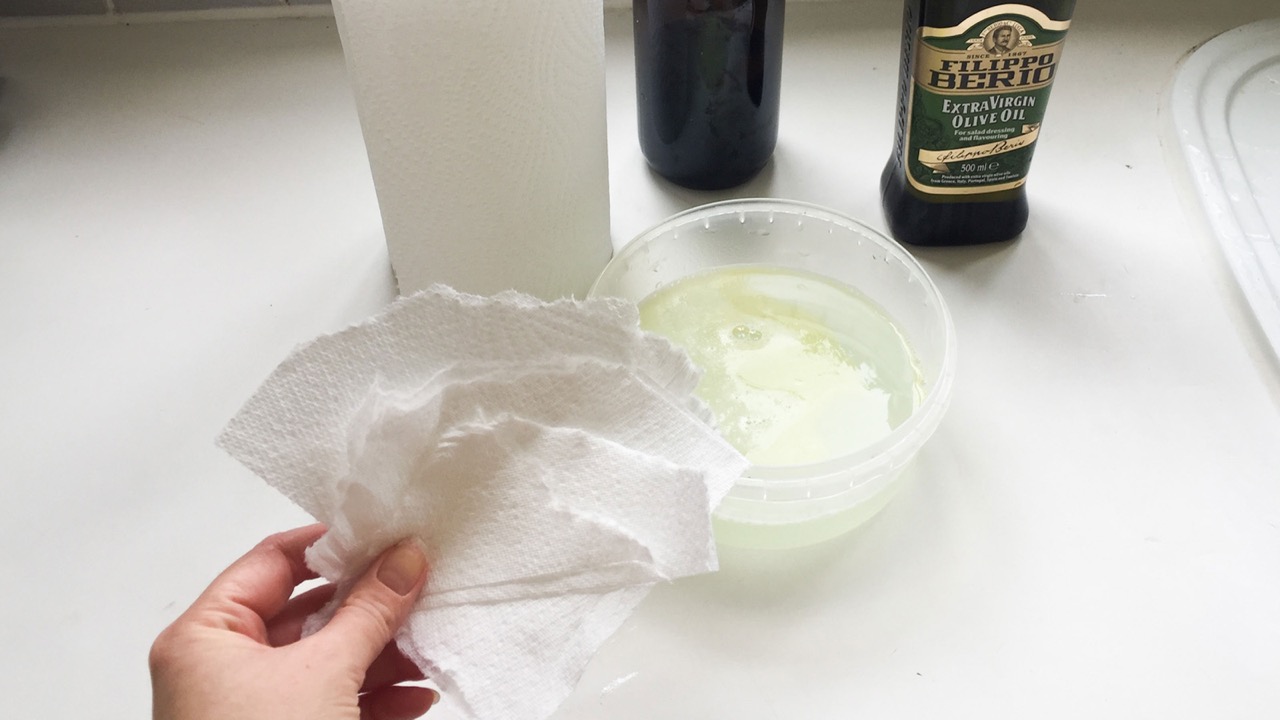
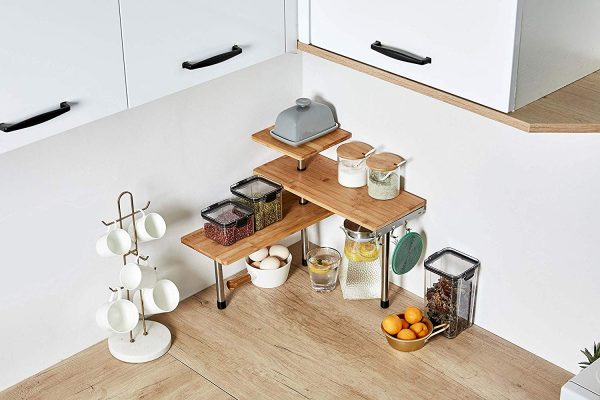
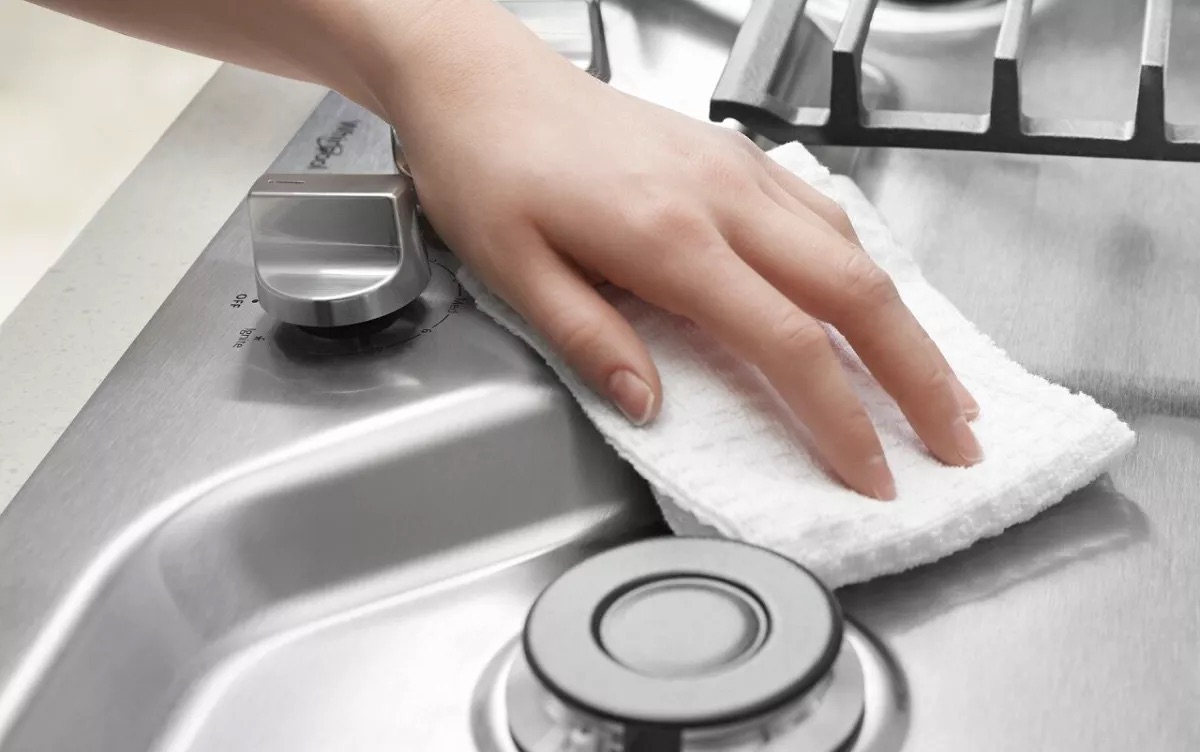
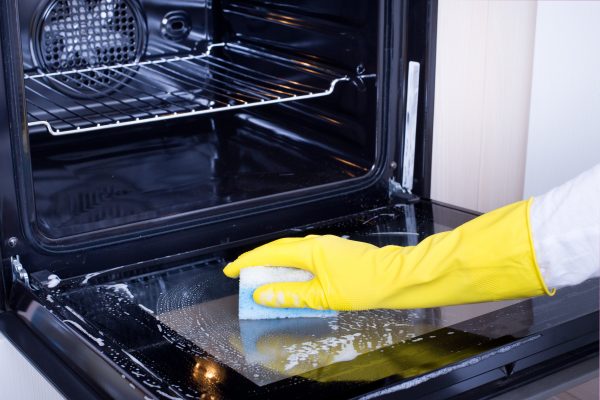

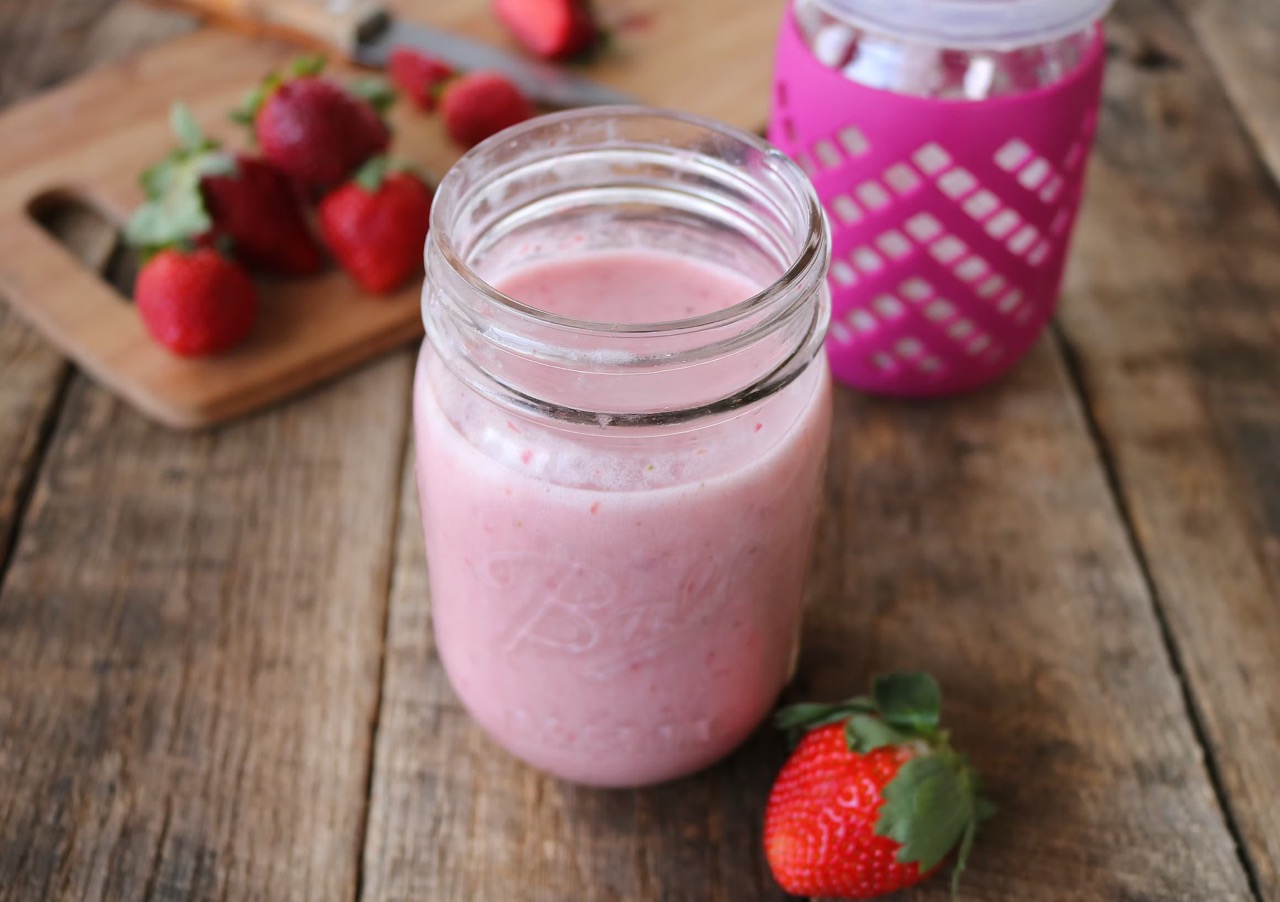
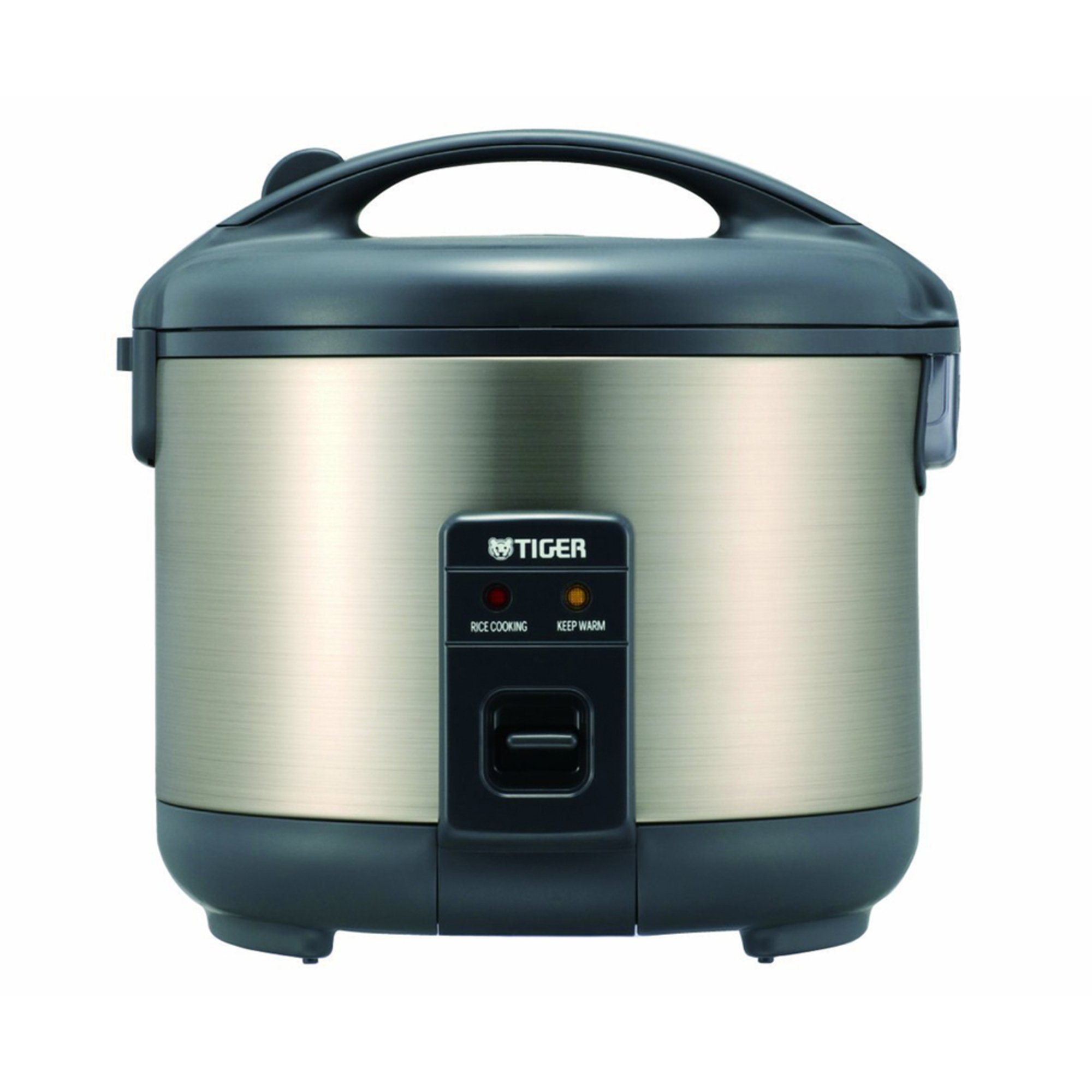


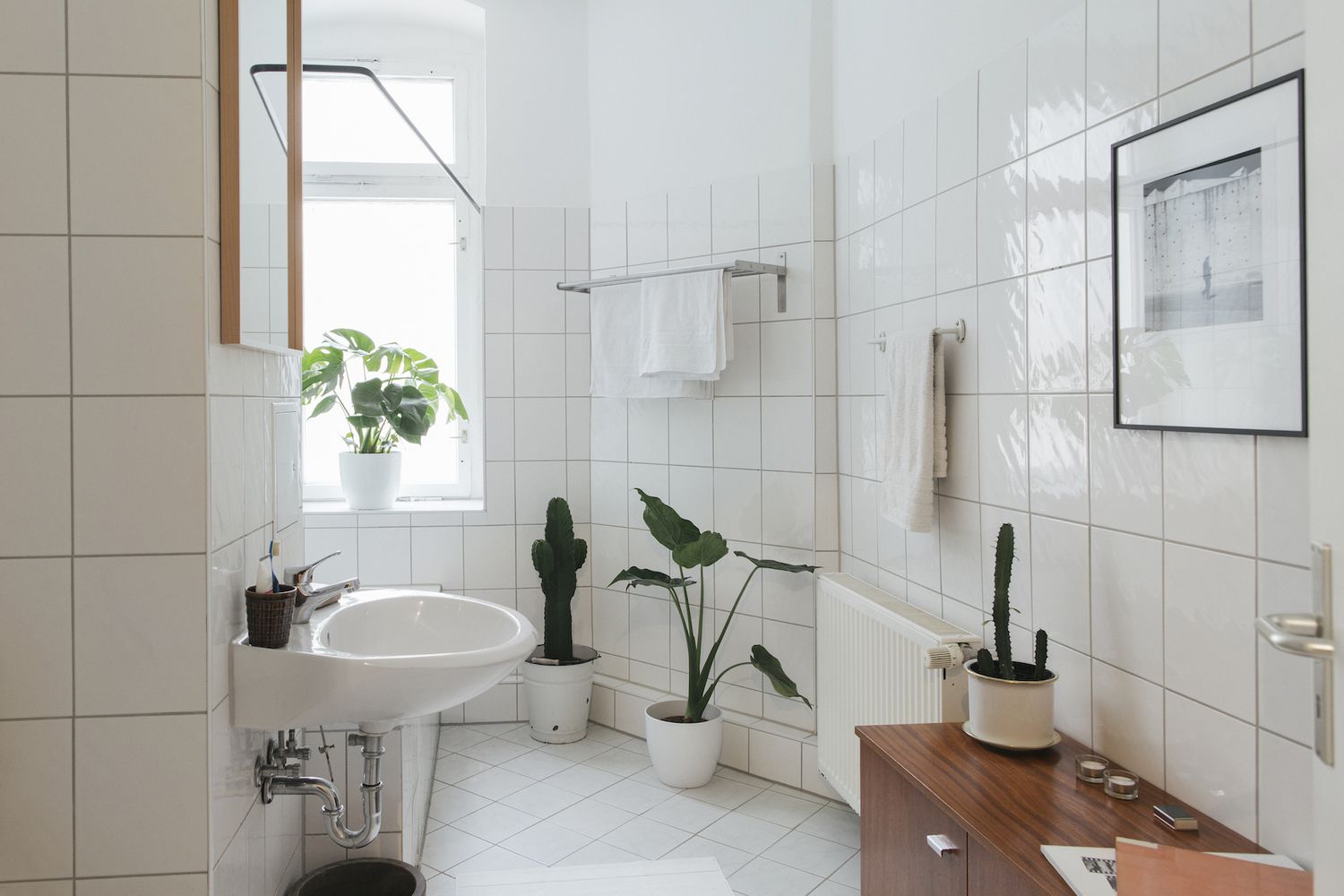
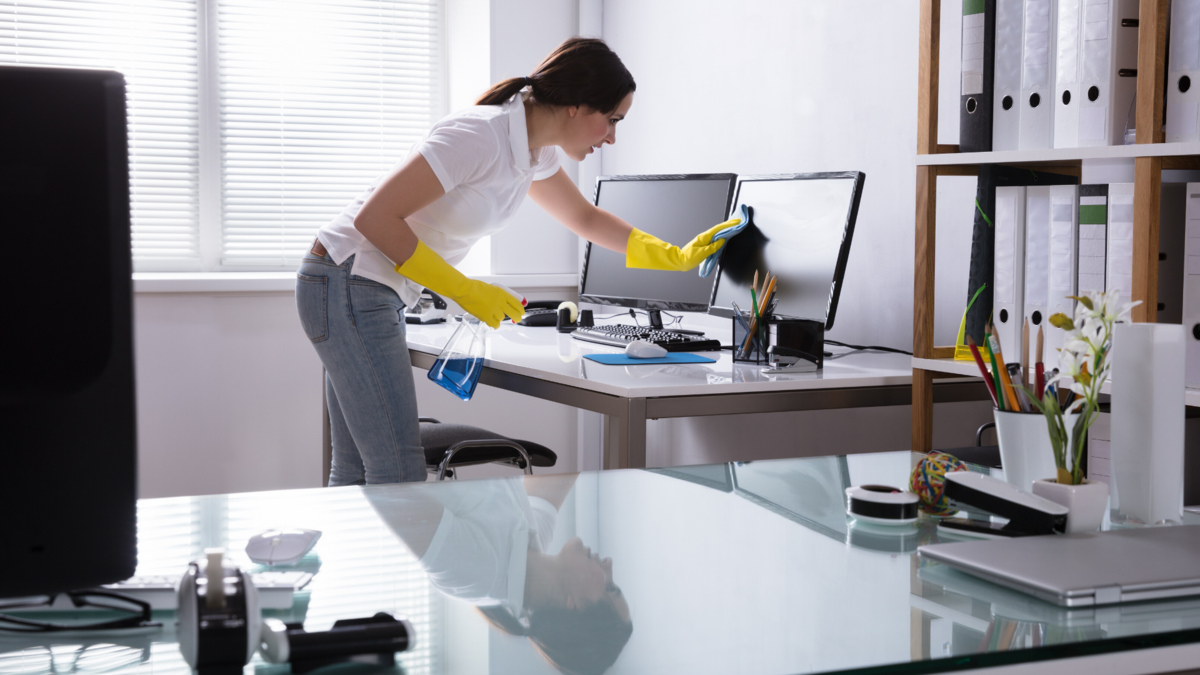
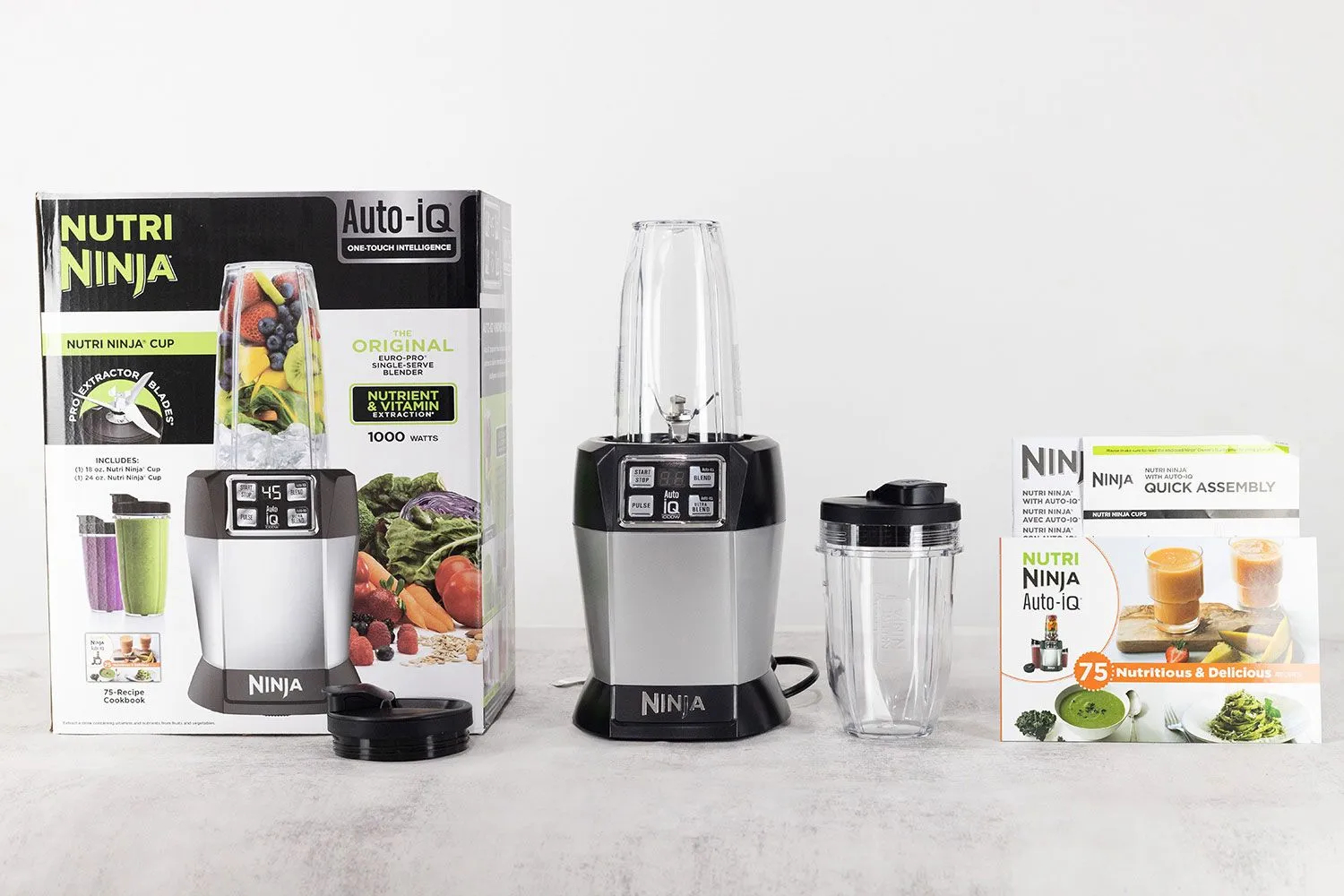
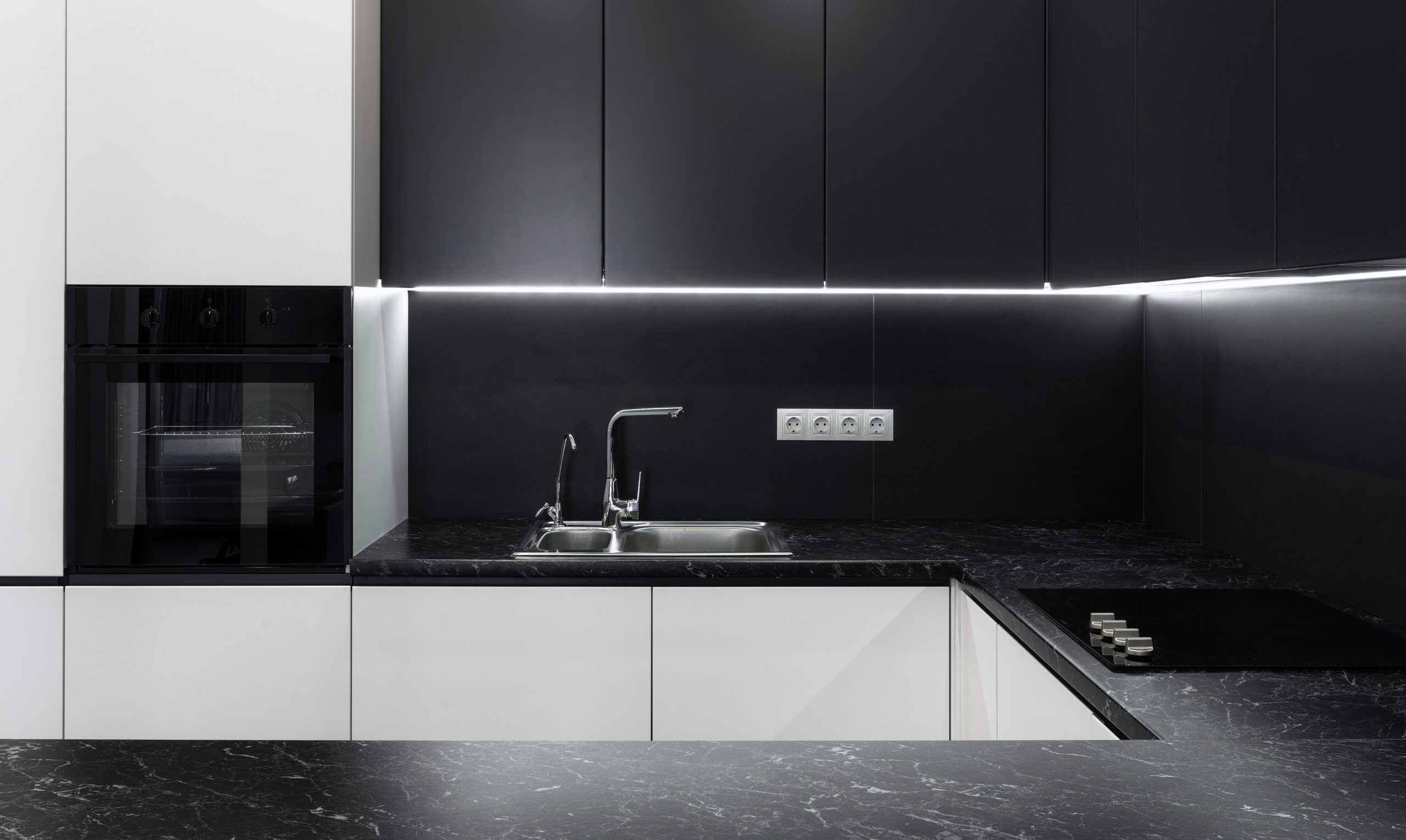

0 thoughts on “5 Kitchen Cleaning Hacks That Just Don’t Work”